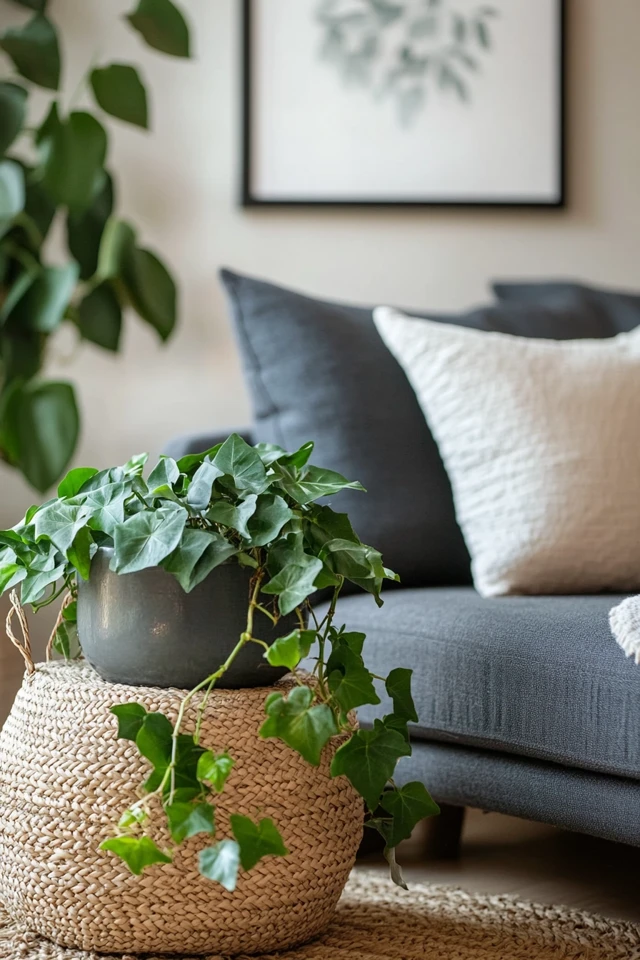Introduction
I’ll never forget the first time I brought a houseplant into my home. It was a tiny pothos plant, a gift from a friend, and I placed it on my kitchen windowsill. Within weeks, I noticed how much cozier and more inviting my space felt. That one little plant sparked a love for greenery that has now taken over my home—my living room, bedroom, and even my bathroom are filled with houseplants of all shapes and sizes.
Houseplants are not just decorative; they’re mood-boosters, air purifiers, and an easy way to bring life into your home. Whether you’re a seasoned plant parent or a total newbie, decorating with houseplants can instantly refresh your space and elevate your interior design game. In this guide, I’ll share creative ways to incorporate houseplants into your home while keeping things stylish and functional.
1. Create a Statement with Large Plants
Why It Works
Large plants, like fiddle-leaf figs or rubber trees, serve as natural focal points in a room. They fill empty corners and add height and drama to your decor.
How to Do It:
- Choose the Right Spot: Place large plants in corners, beside furniture, or near windows where they can thrive.
- Use Stylish Planters: Opt for sleek ceramic pots or woven baskets to complement your design style.
- Keep It Balanced: Pair a large plant with smaller decor items, like side tables or floor lamps, to create balance.
Design Tip: For small spaces, consider tall but narrow plants, like a snake plant, to save floor space while adding height.
2. Group Plants for Visual Impact
Why It’s Effective
Grouping plants together creates a lush, cohesive look and allows you to play with different textures and sizes.
How to Do It:
- Vary Heights and Textures: Combine tall plants with trailing vines and bushy foliage for a layered effect.
- Use a Tray or Stand: Arrange your plants on a decorative tray or plant stand for a polished display.
- Stick to a Theme: Choose pots in the same color family or style to unify the look.
Design Tip: Use odd numbers for your groupings (e.g., three or five plants) for a more natural and visually pleasing arrangement.
3. Incorporate Hanging Plants
Why It’s a Game-Changer
Hanging plants make use of vertical space, freeing up surfaces and adding greenery to unexpected areas.
How to Do It:
- Install Ceiling Hooks: Use sturdy hooks to hang planters in corners, over windows, or above furniture.
- Choose Trailing Plants: Opt for pothos, string of pearls, or ivy to create a cascading effect.
- Macramé Planters: Add a bohemian touch with handmade macramé hangers.
Design Tip: Hang plants at varying heights to create depth and movement in your space.
4. Style Your Shelves with Greenery
Why It’s Perfect for Small Spaces
Adding plants to shelves is a great way to integrate greenery without taking up floor space.
How to Do It:
- Mix Plants with Decor: Combine small potted plants with books, candles, or art for a curated look.
- Use Trailing Plants: Let vines spill over the edges of shelves for a whimsical touch.
- Play with Height: Place taller plants on higher shelves and smaller ones on lower levels for balance.
Design Tip: Choose low-maintenance plants like succulents or air plants for harder-to-reach shelves.
5. Add Greenery to Your Kitchen
Why It’s Functional and Beautiful
Plants in the kitchen not only look fresh but can also serve a practical purpose, like growing herbs for cooking.
How to Do It:
- Herb Garden: Use small pots for basil, thyme, and parsley on your windowsill or counter.
- Hanging Racks: Install a rod with hooks to hang small planters or baskets.
- Shelving Units: Add a small shelf near your sink or stove to display your greenery.
Design Tip: Use matching pots or jars to keep your kitchen plant display looking tidy and cohesive.
6. Bring Plants into Your Bathroom
Why It’s a Hidden Gem
Bathrooms are often overlooked when it comes to decorating, but the humidity makes them a perfect spot for certain plants.
How to Do It:
- Humidity-Loving Plants: Choose ferns, pothos, or peace lilies that thrive in moist environments.
- Bathtub Display: Place small plants on a bath tray or the edge of your tub for a spa-like vibe.
- Hang from the Ceiling: Use hanging plants to save counter space and add greenery at eye level.
Design Tip: Add a small shelf or floating ledge to display plants in front of a bathroom mirror for a chic look.
7. Use Plants as Table Centerpieces
Why It’s a Fresh Idea
A plant-based centerpiece adds a natural, inviting touch to dining or coffee tables.
How to Do It:
- Low Planters: Use shallow pots with succulents or moss for a minimalist look.
- Mix with Candles: Combine plants with candles or decorative bowls for an elegant arrangement.
- Rotating Decor: Swap out plants seasonally to keep your centerpiece feeling fresh.
Design Tip: Avoid tall plants that obstruct views across the table—keep it low and lush.
8. Decorate Walls with Living Plants
Why It’s a Bold Statement
Living walls or mounted planters turn greenery into art.
How to Do It:
- Vertical Planters: Install wall-mounted planters for herbs, succulents, or small ferns.
- Preserved Moss Walls: A no-maintenance option that looks lush and vibrant.
- Frames with Plants: Use shadow boxes or frames to display air plants or small potted greenery.
Design Tip: Place living walls in well-lit areas and use automatic watering systems for easy care.
9. Add Greenery to Workspaces
Why It Boosts Productivity
Plants in your home office or study create a calming atmosphere and can even improve air quality.
How to Do It:
- Small Desk Plants: Opt for compact, low-maintenance options like succulents or snake plants.
- Hanging Planters: Save desk space by hanging plants nearby.
- Plant Terrariums: Create a mini ecosystem with a closed glass terrarium for your desk.
Design Tip: Choose plants that require minimal watering so they thrive even during busy weeks.
10. Use Plants to Define Spaces
Why It’s Versatile
Plants can act as natural dividers, especially in open-concept spaces.
How to Do It:
- Tall Planters: Use tall plants like bamboo or palms to create visual boundaries.
- Plant Stands: Arrange plants at varying heights to create a layered partition.
- Plant Screens: Install a row of plants along a low shelf or bench to subtly divide areas.
Design Tip: Use pots in similar colors or materials to tie the “divider” together visually.
Picture Gallery
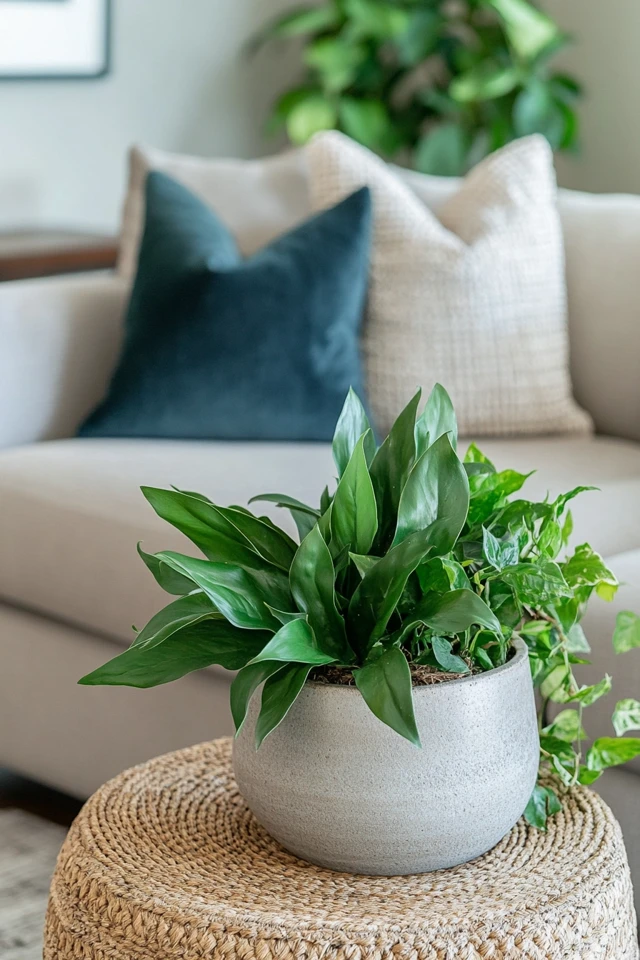
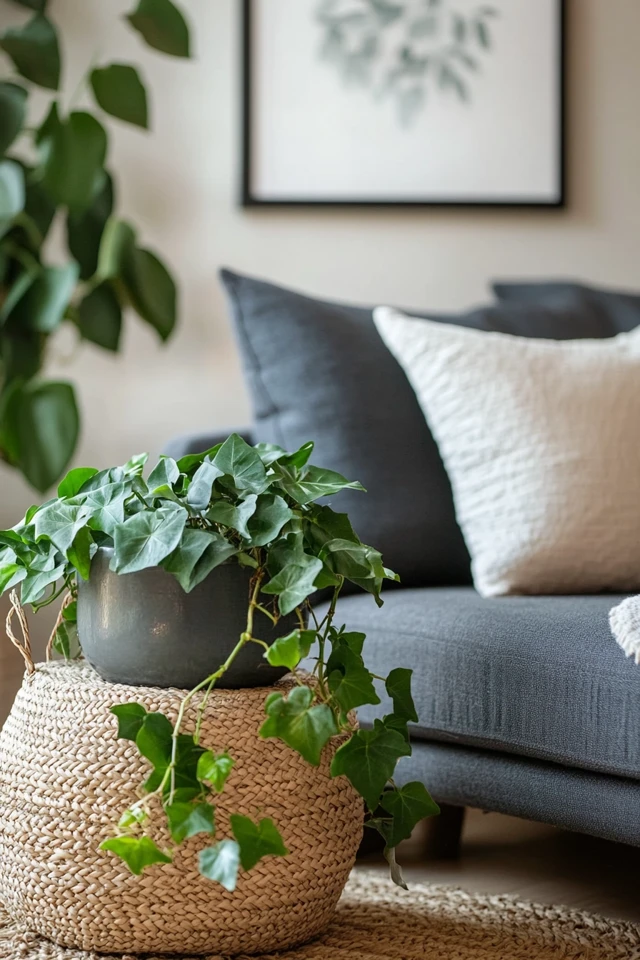
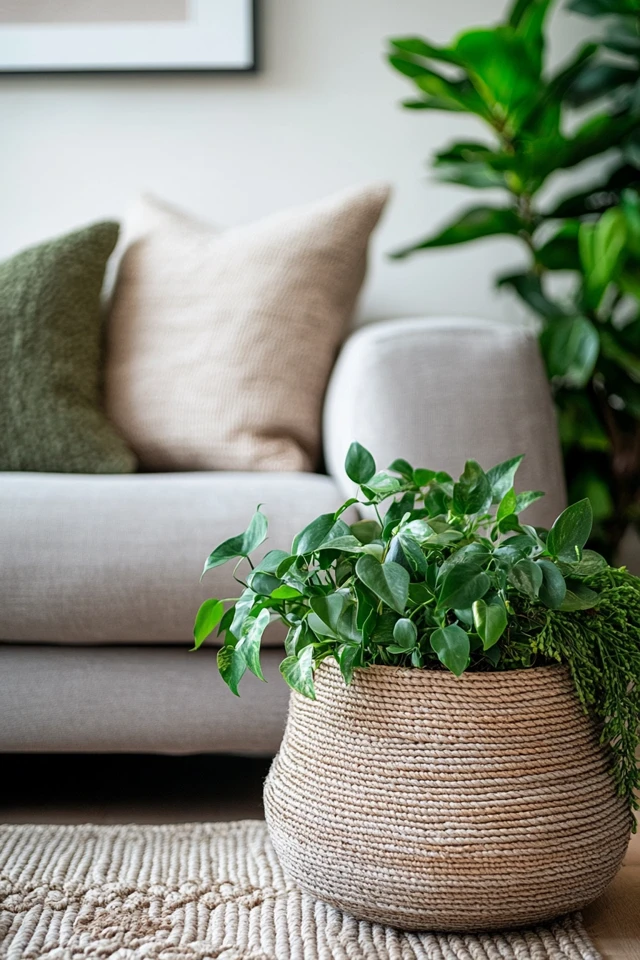

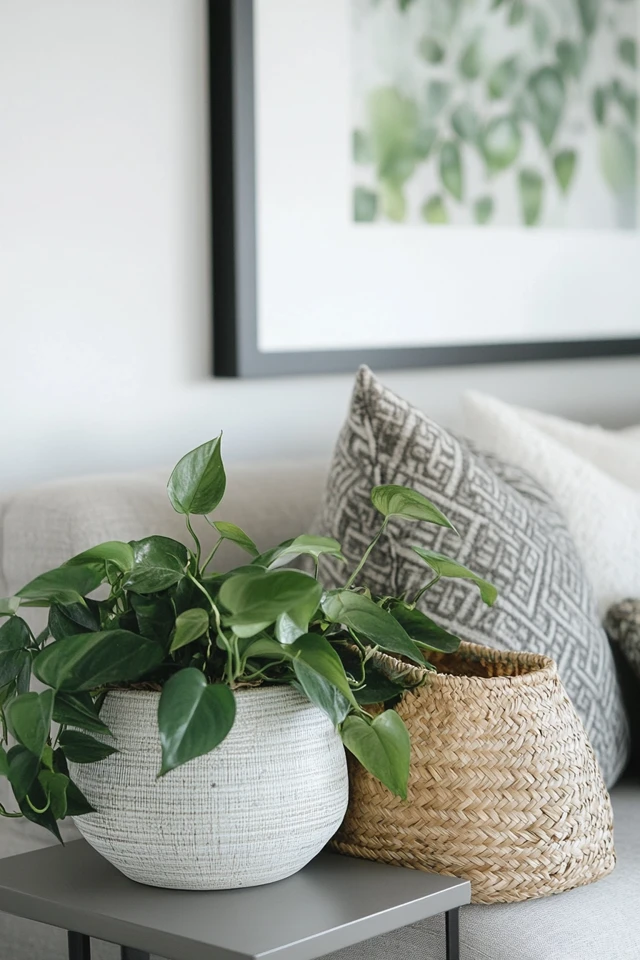
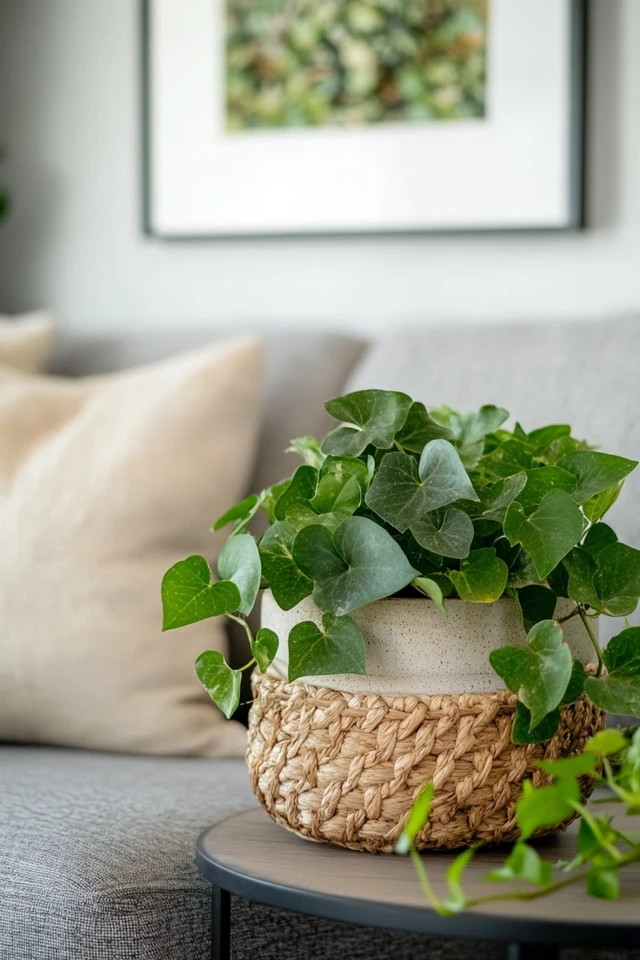
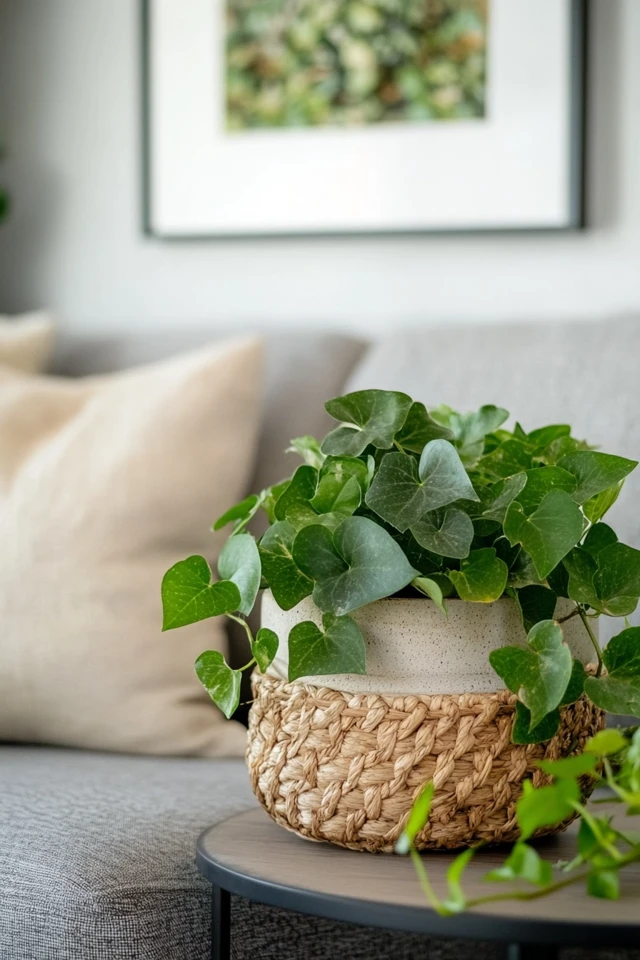
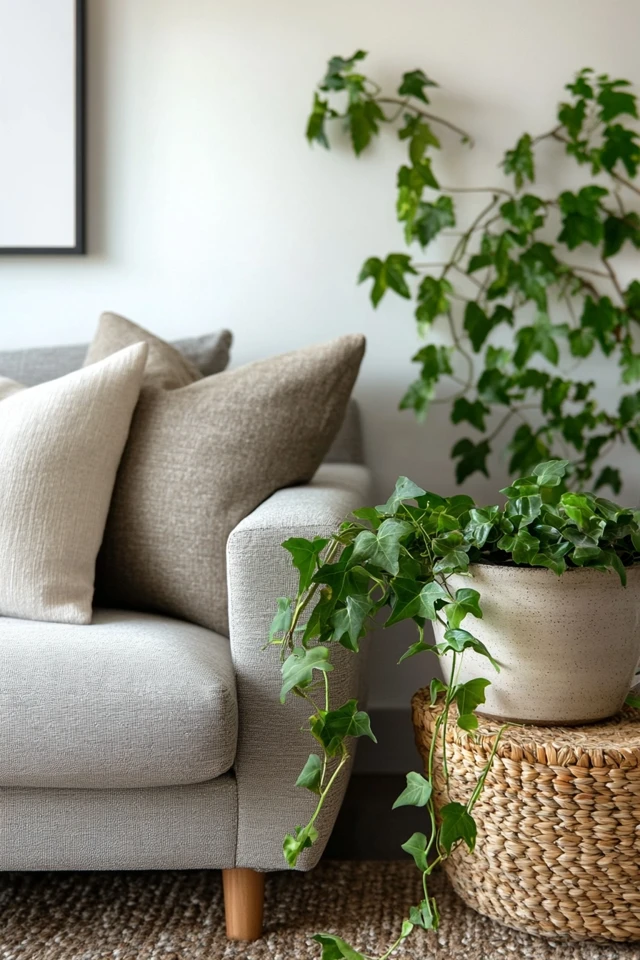
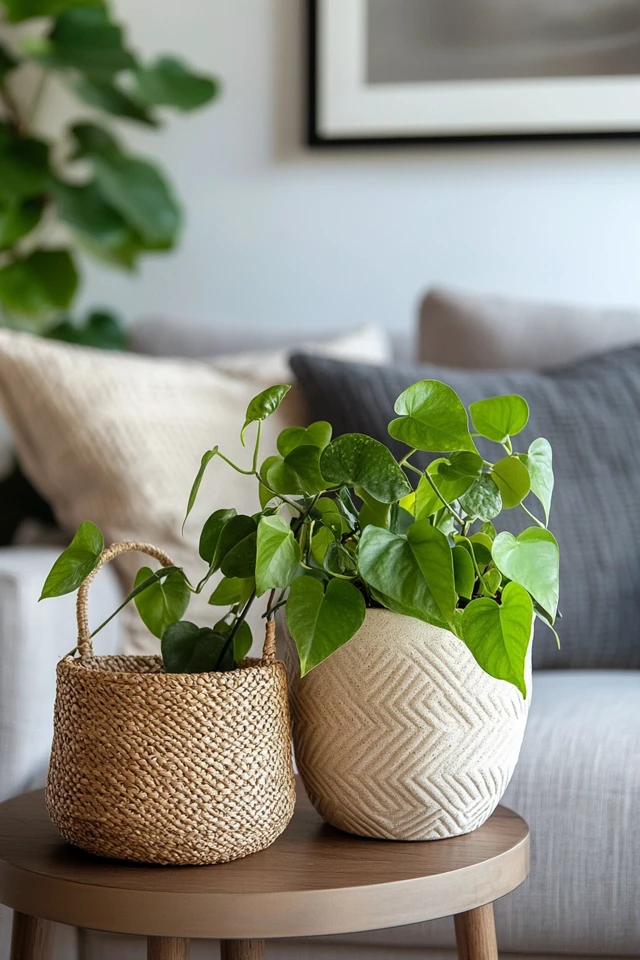
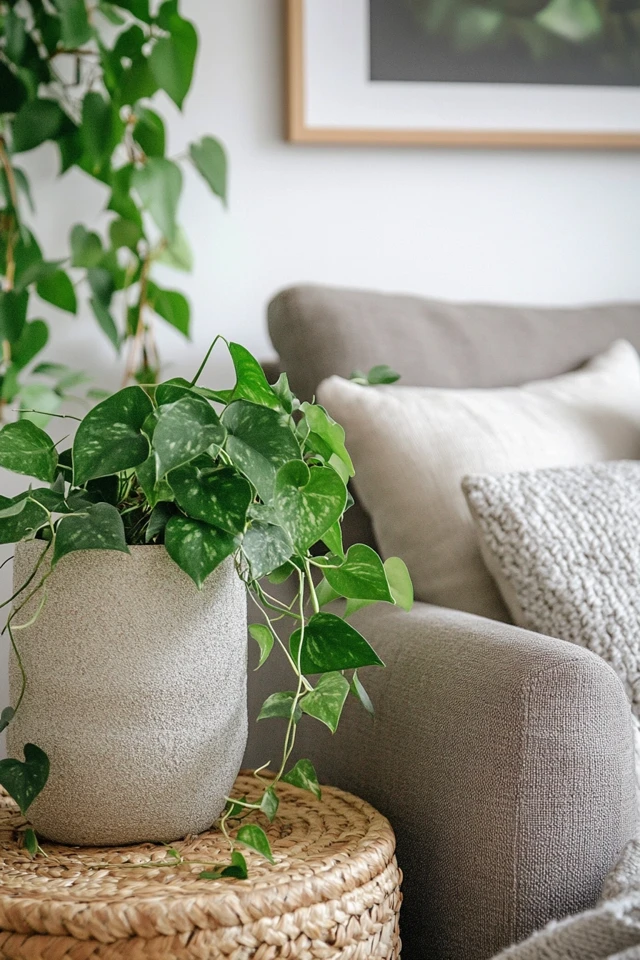
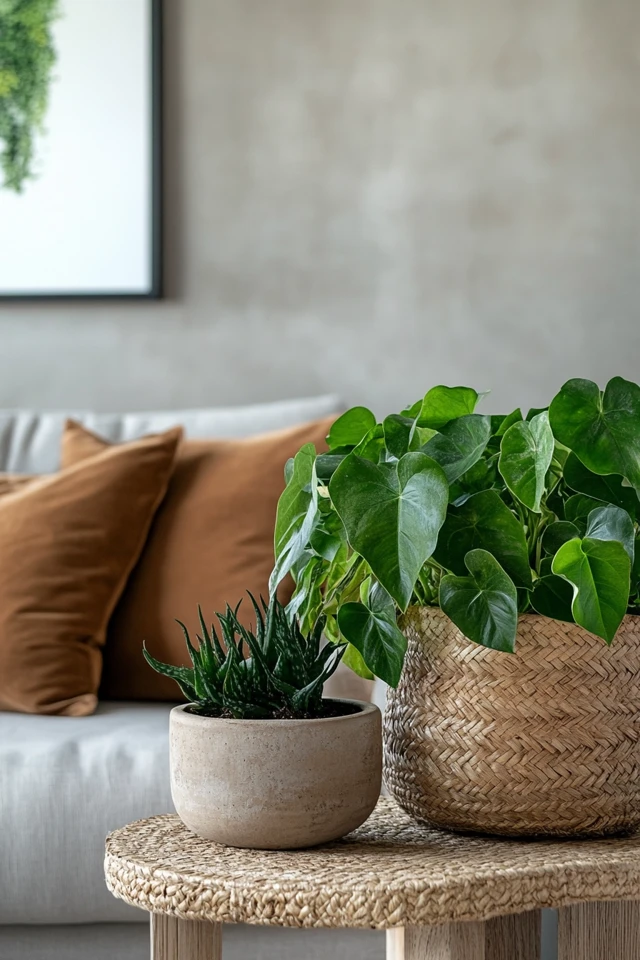
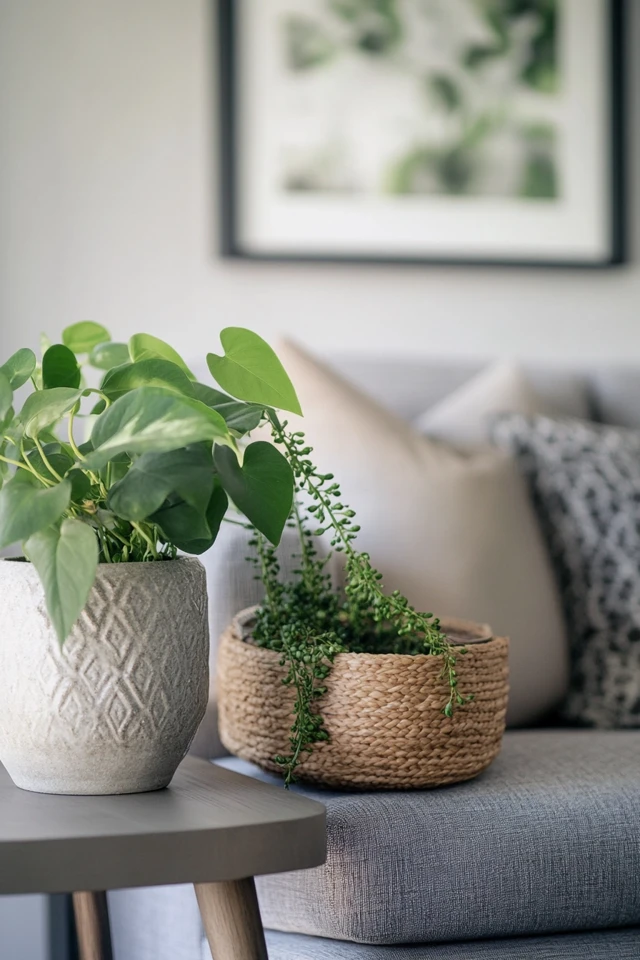
Conclusion
Decorating with houseplants is one of the easiest ways to breathe life into your home. From large statement plants to small pops of greenery, plants have the ability to enhance any space. For me, houseplants aren’t just decor—they’re little pieces of nature that brighten my day and make my home feel alive.
Whether you’re working with a small apartment or a sprawling house, there’s always room for plants. Start with one or two, experiment with placement, and watch your space transform. Just don’t be surprised if you find yourself becoming a full-blown plant enthusiast like me!
FAQ
1. What are the best plants for beginners?
Pothos, snake plants, and succulents are all easy-to-care-for options that thrive in most conditions.
2. How do I choose the right plant for my space?
Consider the light and humidity levels in your room. Low-light spaces work well with snake plants or ZZ plants, while bright areas are perfect for succulents.
3. How often should I water my houseplants?
It depends on the plant, but a general rule is to water when the top inch of soil feels dry. Overwatering is a common mistake, so always check the soil first.
4. Can houseplants improve air quality?
Yes, certain plants like peace lilies, spider plants, and bamboo palms are known for their air-purifying qualities.
5. What’s the best way to style plants in a small space?
Use vertical space with hanging planters, wall-mounted planters, or plant stands. Small plants like succulents can also be placed on shelves or windowsills.

